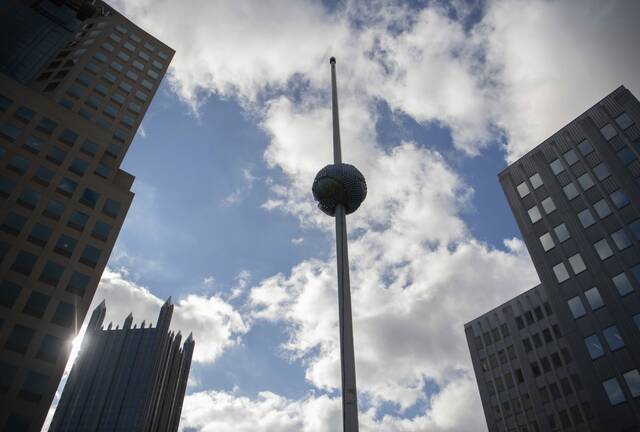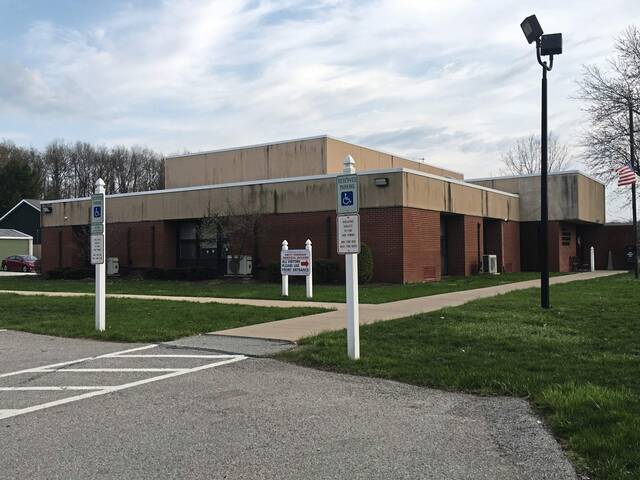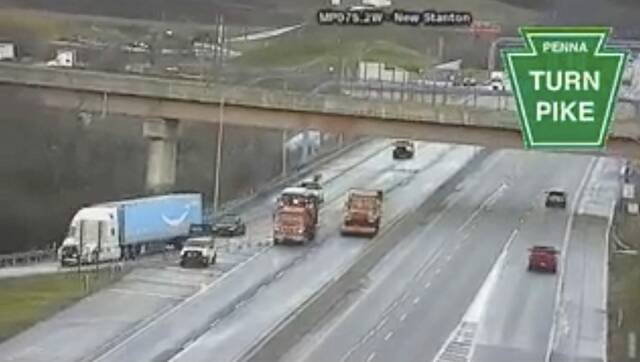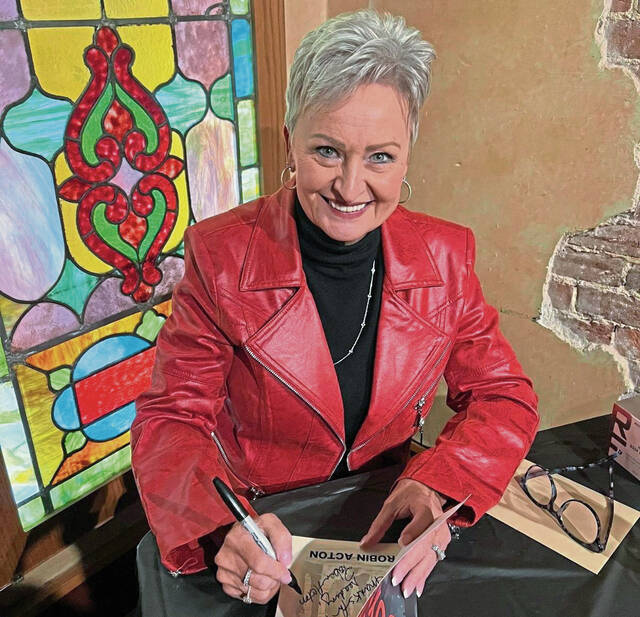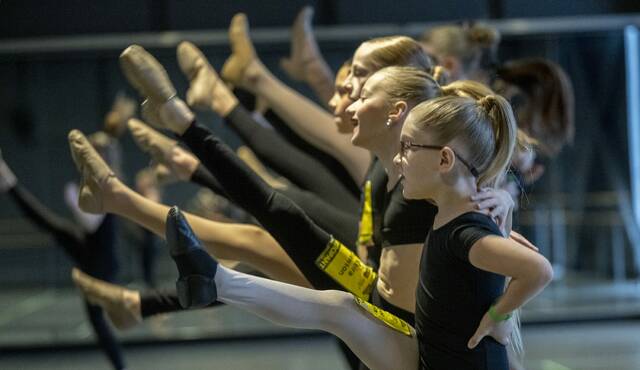After 19 months of study, review and public comment, the Greater Latrobe School board is forging ahead with a plan to raise taxes and embark on a $182 million to $198 million plan to rebuild and revitalize district buildings.
The plan has three phases, with the figures projected for the most expensive, or worst-case, scenario:
- The first phase will cost around $53 million and include an addition to the senior high school for 9th grade, a partial renovation of the senior high school and some maintenance at the elementary buildings.
- The second phase will cost around $63 million and include a new building for the 7th and 8th grades, the demolition of the current junior high school, the redevelopment of the demolition site and the completion of the high school renovation.
- The third phase will cost between $66 million to $82 million depending on what’s decided in the future. If the board decides to renovate Baggaley and Mountain View elementary schools, the phase will cost about $66 million, but if the board decides to consolidate elementary schools and build anew, it will cost about $82 million.
From 2024-39, the district will borrow between $182 million to $198 million, with the assumption of a 30-year payback period.
District property owners can expect tax hikes totaling 24 mills by 2039, and the average taxpayer in the district will see a $648 increase from their current tax bill.
Based on the most recent common level ratio of 11%, the average assessed value of a home in Greater Latrobe is about $27,000.
Superintendent Michael Porembka explained that every 1 mill increase equates to $350,000 of additional revenue for the district, and more than 60% of that revenue comes from local taxes.
The decision move forward with the project came on the heels of the school board approving a 3 mill tax hike in June for the 2023-24 budget, which raised the tax rate to 88 mills. Comparatively, the tax rate in the district is the fifth lowest in the county.
By 2039, the district tax rate will have increased to 112 mills.
Votes
The resolution to move forward with the plans passed 5-4 in a roll call vote.
Board President Eric Hauser, directors Heidi Kozar, Rhonda Laughlin, Susan Mains and Michael Zorch voted yes, and Vice President Merle D. Musick, Paul McCommons, Merle L. Musick and Andrew Repko voted no.
Laughlin said she “really was torn” over the decision.
“I’m not flush with cash,” Laughlin said. “I’m not sitting here going, ‘Hey, I have tons of money, and I’m not concerned about anybody else.’”
No matter the option, Laughlin said there was inevitably going to be “millions” spent.
“We have to look at what’s the best in the long term for the students and the community,” she said.
Repko submitted a petition containing 148 signatures against the proposal from local taxpayers before he voted against the resolution.
“It’s a disservice to the taxpayers,” Repko said. “I just don’t think building … is the answer,” Repko said.
The plan was selected over another an option that would’ve maintained the district’s current facilities, increasing taxes 11.25 mills by 2040.
“There was no option today that didn’t raise taxes,” Porembka said.
It’s unknown whether the millage rate will decrease after the district accrues enough money to pay back the loans, or even where other district millage rates will be in 2039, since there are “so many variables” for public school funding, Porembka said.
Porembka said there was up to $187 million of need — potential renovations or construction — identified in the district after a series of assessments.
Voicing concerns
Before the vote took place, community members showed up to express their opposition, with many bringing up the issue of residents being on fixed incomes and creeping inflation.
Some citizens, such as Paul Cunningham, alleged that they weren’t made aware of the community input meetings held over the 19 months leading up to Tuesday’s decision.
Cunningham, of Latrobe, asked the board to “slow down” and reconsider building the new junior high.
The school board held four community forums before the vote, and Porembka said they were advertised on the district website, via social media and in the newspaper — with the most recent one held Sept. 6.
Porembka also said by moving forward with the plan, the district will be able to address the 150,000 square feet of unused space it maintains because of to declining enrollment.
“Our goal is to reduce underutilized space in the district so that (taxpayers) don’t have to pay to maintain, heat and cool it,” he said.
The amount of unused space, if combined, would be bigger than the district’s new Latrobe Elementary School, which was built in 2018.
The current junior and senior high schools are designed to hold 1,200 students. There are fewer than 600 7th and 8th graders in the junior high. The high school has 1,163 students in grades 9 through 12.
The cost to maintain the district’sbuildings — not including Latrobe Elementary Center — is about $70 million, according to the Facility Condition Assessment.
With Greater Latrobe’s declining enrollment of 800 students over the past 20 years, there were also concerns brought up about why the district would choose to build new rather than maintain.
“It’s about (building) right,” Porembka said. “It’s about (building) a correct size building for what we have.”




